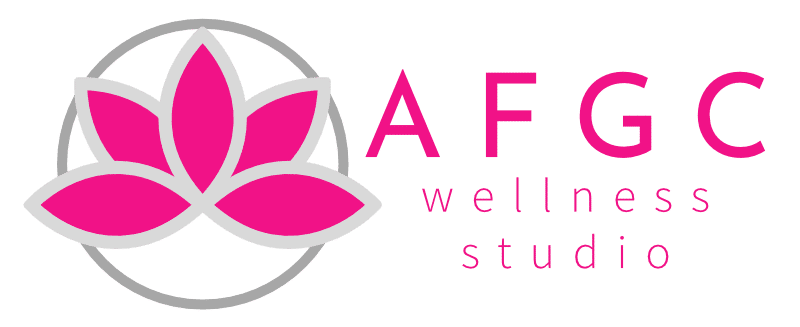Intercostal Muscles: Pain & Trigger Points
The intercostal muscles lie between your ribs and support your respiration. If they are overloaded or carry active trigger points, they can trigger chest pain.
Trigger points are very small nodules in the muscles.
However, you can take action yourself. With a self-massage it’s possible to deactivate them.
Even if you have never heard of it, just keep on reading and learn more about it.
I’ll explain, on one hand, how to massage yourself, on the other, …
- which ailments might be caused by these muscles.
- where they are located.
- which functions they provide.
- how to palpate them.
Pain Patterns, Symptoms & Differential Diagnoses
1/ Pain Patterns
Tensions in the intercostal muscles result in local pain and sensitivity to pressure.
Trigger points also cause local chest pain, which can radiate forward.
The further back a trigger point is located, the higher the probability that it will radiate forward.
2/ Attachment Points
The intercostal muscles are subdivided into internal and external muscles.
- Musculi intercostales externi
- Musculi intercostales interni
The layer of the externi is situated above the layer of the interni, their fibers run crosswise.
The muscles are located between two ribs, thus covering the space between them.
3/ Functions
These muscles function as respiratory muscles and as rotators of the thoracic spine.
Breathing: Contraction of the intercostal muscles causes the thorax to expand upwards and sideways. Thus, they help with inhalation by creating a negative pressure (influx of air into the body).
At rest, only the muscles in the area of the first two ribs are active, which changes as breathing becomes stronger. Deeper breathing causes gradually activation of the muscles of the lower intercostal spaces.
Rotation of the thoracic spine: The intercostal muscles are also involved in the rotation of the thoracic spine – i.e. when you twist your torso.
For such a rotation, the intercostal externi on one side of the chest and the intercostal interni on the other get active simultaneously.
4/ Intercostal Muscles – Trigger Point Activation
Trigger points in the intercostal muscles can be caused by different factors.
Examples:
- Muscular overloads
- External forces
- Diseases
- Trigger points in other muscles
5/ Palpation
You can easily feel these muscles by pressing your thumb into the area between your ribs.
This is where your intercostal muscles are situated. You perceive them as soft tissue.
6/ Self-massage
For the massage, I recommend using your thumb or your fingers.
As a massage technique, choose from the ischemic compression, precise massage strokes or the pressure-motion technique.
- Press your thumb into the area between your ribs, at the level where you perceive problems.
- Examine the entire area between the two ribs for sensitive points – starting from your sternum following the line of your ribs all the way back to the lateral side of your ribcage.
- Massage each of these sensitive points a few times.
- Move with your thumb from just before to just after the spot.
- Move the skin over the muscle, but do not slide over the skin.
Trigger points are usually located in the middle third between two ribs. It’s very rare to find them further in front or behind.
Right at the front, trigger points are located exclusively in the area directly next to the sternum. The anterior areas of the intercostal muscles and ribs that do not attach to the sternum are usually free of such points.
Source: https://www.muscle-joint-pain.com/trigger-points/trigger-point-self-treatment/intercostal-muscles/

